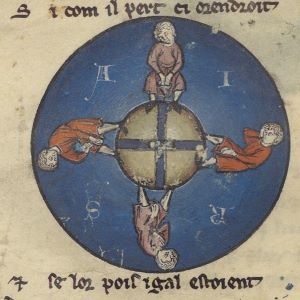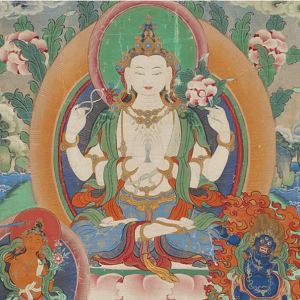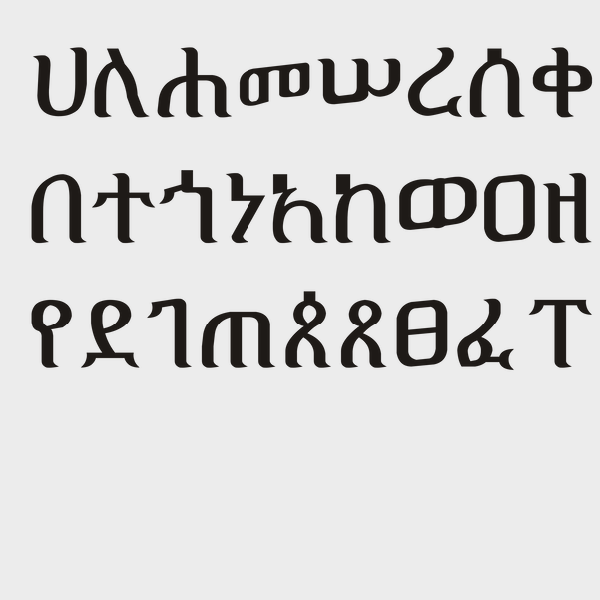Browse
Early Modern (1450 CE - 1800 CE)

Review
Middle Ages for Educators
...the site boasts more than 40 videos and video playlists, more than 125 different resource links, and worked with more than 50 subject matter experts on this project.
Review
National Museum of Asian Art
Because the museum is dedicated to Asian art, its educational resources are largely meant to teach students about art.
Review
World Heritage Site Map
The most well-known part of their work is the naming and administration of World Heritage Sites.
Review
African Studies Center
The Center hosts or links to resources on just about every African topic an educator might want to focus on in the classroom.
Review
New Netherland Institute
Due to New Netherland’s intersection across several themes such as globalism, Indigenous contact, enslavement history, transatlantic trade, imperialism, religion, it may be a useful case study for educators wishing to teach students about 17th-century Europea
Review
Minecraft Education
Because Minecraft offers such a wide variety of sources and topics, it can be incredibly helpful to teachers. However, because game-based play poses particular risks, such as the possibility that students will not learn and only focus on playing.
Review
Exploring Africa
Its goal is to provide high quality resources about Africa and its nations for K-12 educators. Teachers and students can learn about themes relating to African history and information about specific countries in a well-researched, easily digestible format.
Review
Germany: Memories of a Nation
"...MacGregor uses different artifacts and places to discuss specific topics or themes central to German identity, as well as providing historical context for each discussion."
Review
Visualizing Energy:
By combining written analysis with data visualizations, this project displays how energy policy can affect health and equity in a way that makes it interactive and easy to understand.
Source
Ge'ez Script
Ge’ez script is a script used in modern-day Eritrea and Ethiopia that dates back to the 1st century CE.